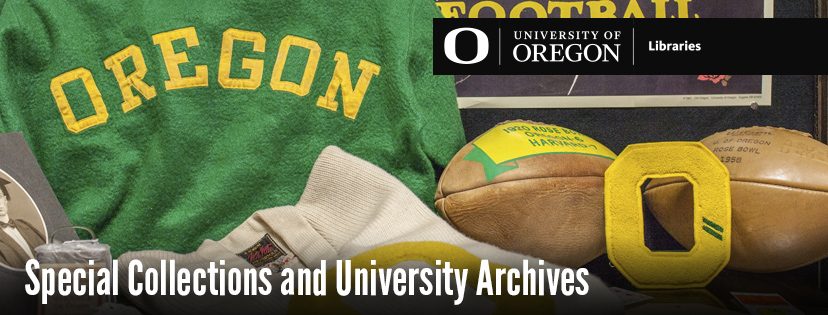New Acquisition: Incunable Leaf
After the advent of movable type in Western Europe, books increasingly became printed works instead of labor-intensive manuscript copies. Printed books produced during this early period of print are commonly called “incunabula,” Latin for “swaddling clothes” or “cradle,” which references the technology’s period of infancy. The period conventionally encompasses works printed before 1501.
Special Collections and University Archives has added an incunable fragment to its collection of materials suitable for teaching and studying the history of the book. This new acquisition is a leaf from the fifteenth century edition of Arbor vitae crucifixae Jesu Christi (ISTC iu00055000) written by the Franciscan Ubertinus de Casali (1259-1329). Ubertino was an outspoken critic of the pontificate and wrote this text after being banished by Pope Benedict XI (1240-1304) from preaching at Perugia. The text espouses a strict interpretation of the Rule of St. Francis and critiques the Franciscan Order for not adhering to an extreme state of poverty.
This folio edition of Arbor vitae was printed by Andreas de Bonetis (active 1482-1486) on March 12, 1485 in Venice, the most prolific print center of the period. The text is arranged in two 58-line columns of roman type with red and blue versal letters. The laid paper contains a watermark of two nested, non-concentric circles. Additionally, the margins contain manuscript notations written in black ink.
Though multiple copies could be created faster, moveable type did not supplant the manuscript techniques refined in theological scriptoria between the Late Classical and Medieval periods in Europe and luxury books were still produced by hand. New printers and print shops spread throughout European urban centers during the fifteenth century, but the books they produced retained many of the formal features of its well-established manuscript counterpart. This influence can be seen in early fonts designed to emulate handwriting and in painted handwork added on top of the printed text such as rubrication, colored lettering which signal section changes, and illumination, illustrations for narrative or abstract decoration.



If you have info would be nice to have—–how came into collection, gift from ? –purchase ?
The incunable leaf was purchased on eBay.